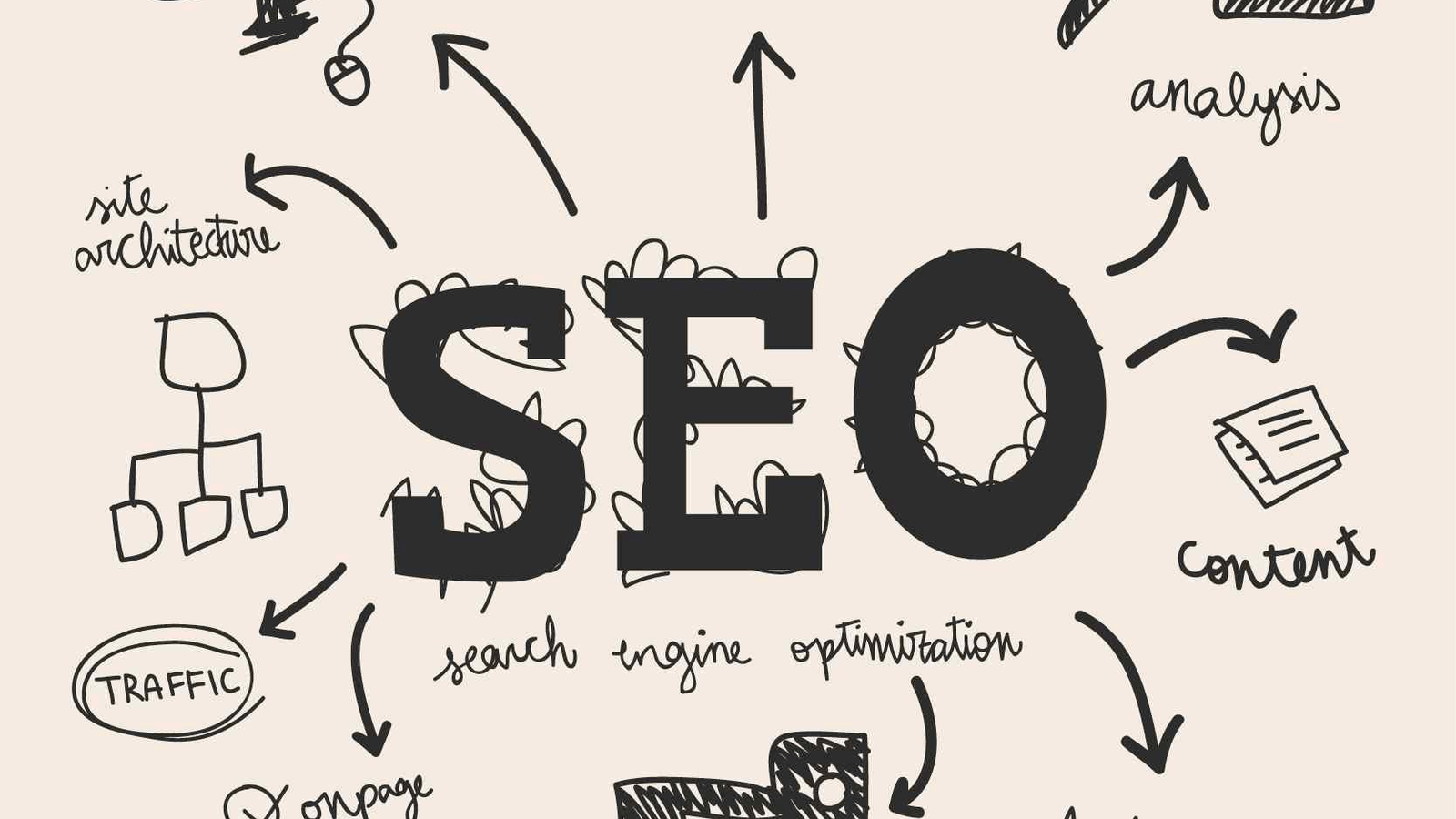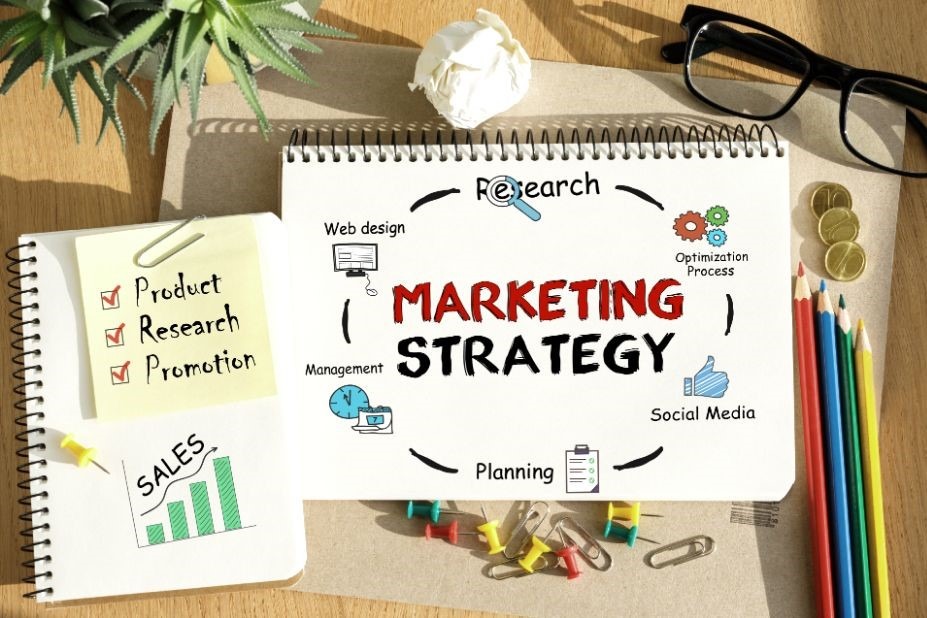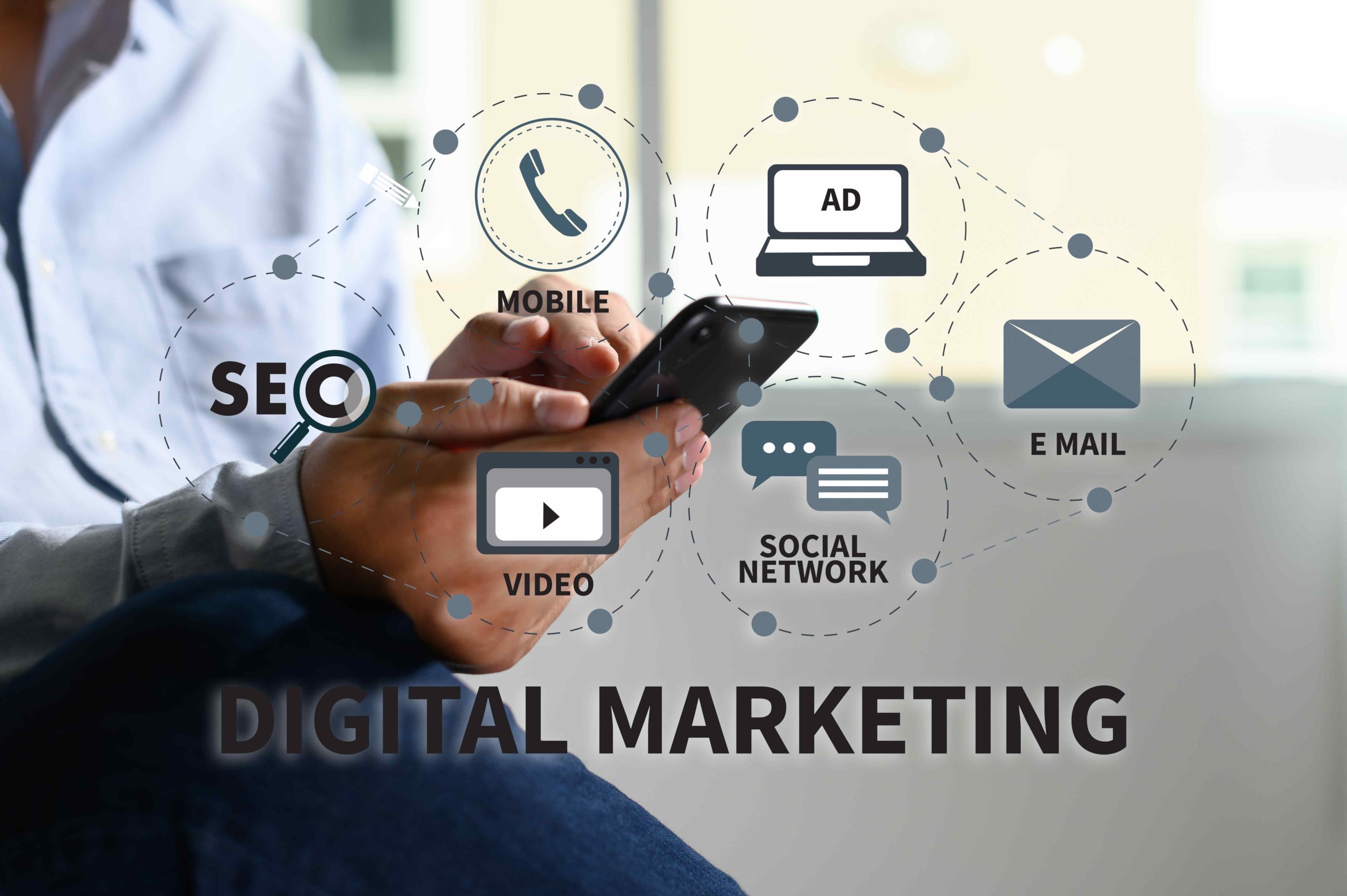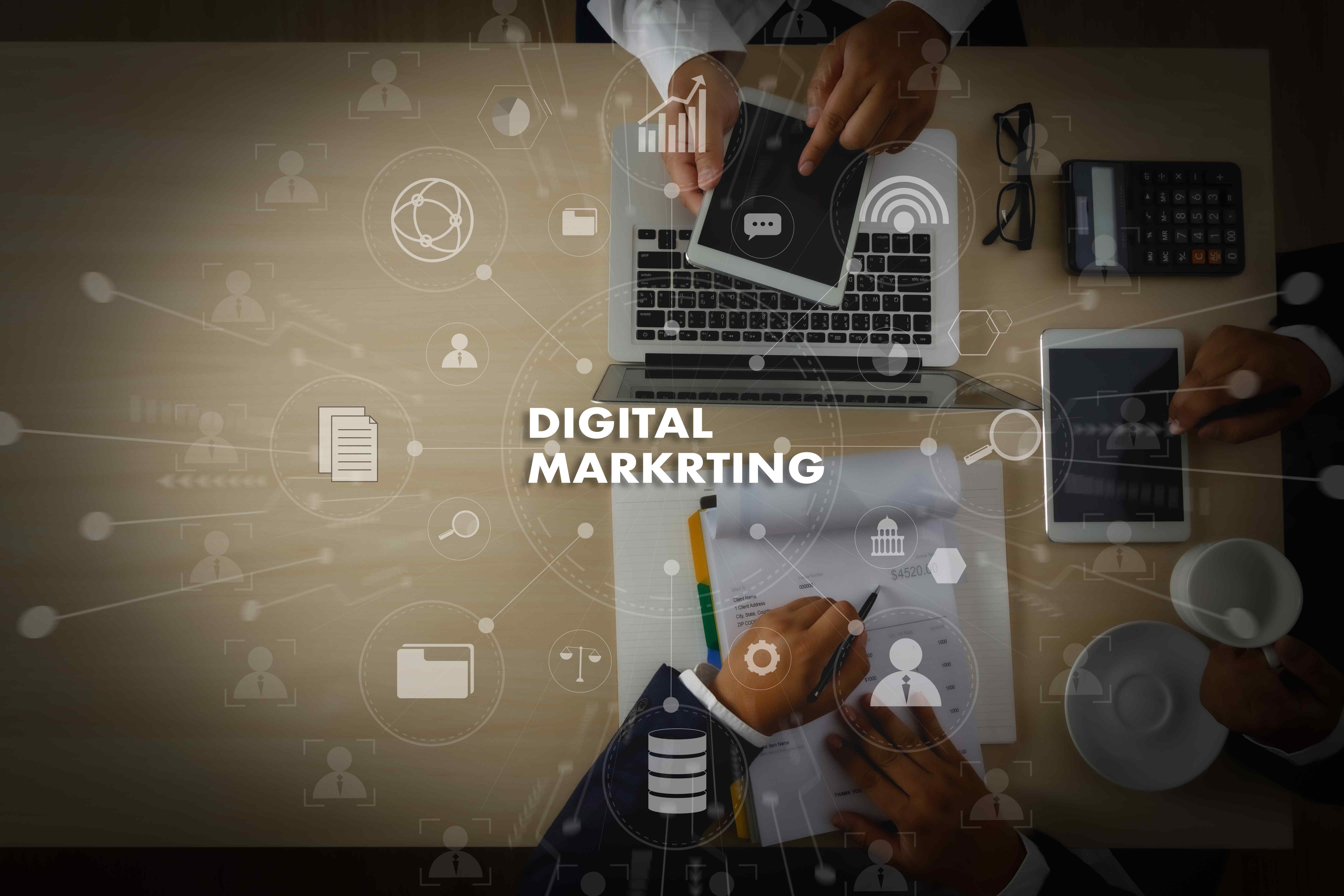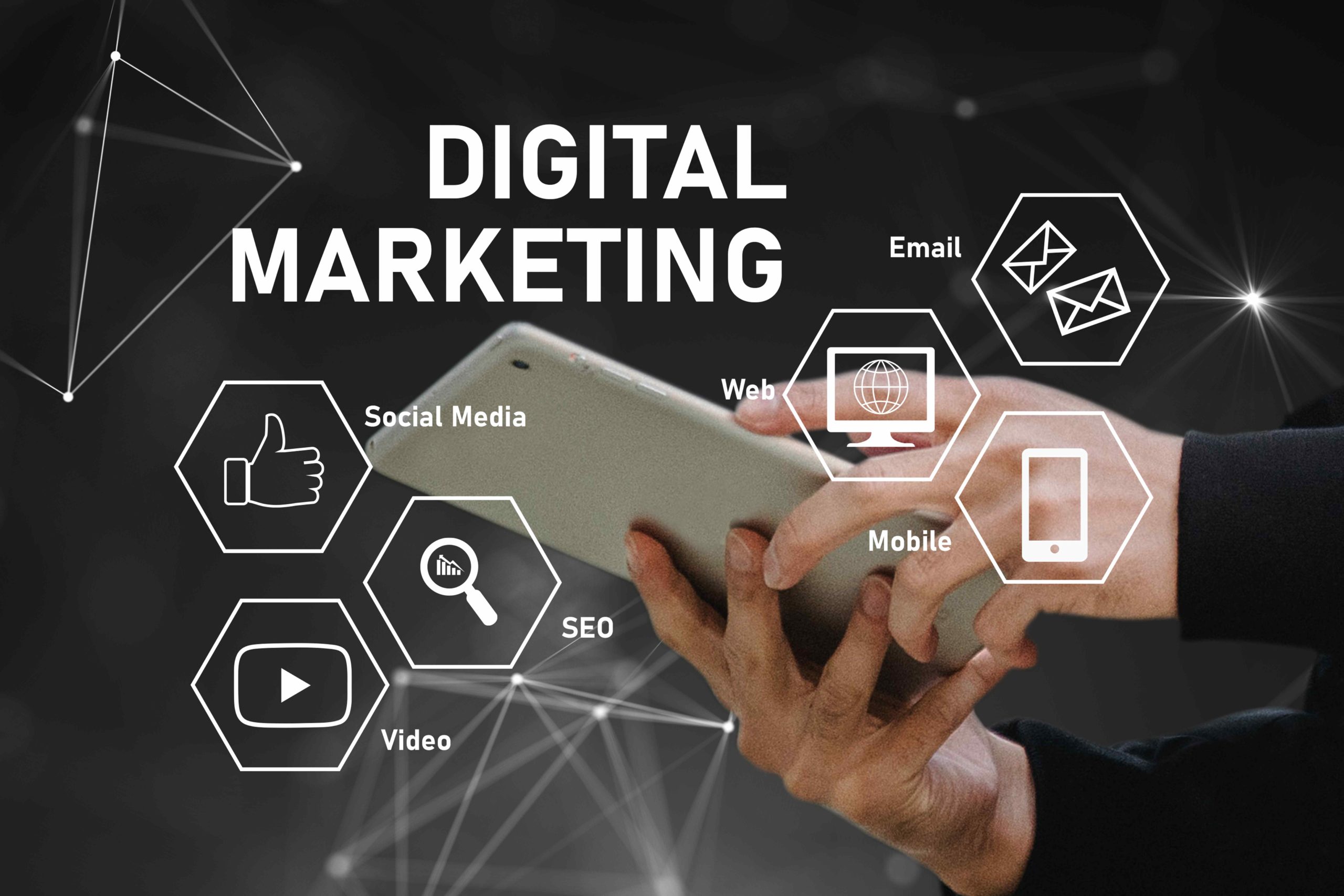
Content marketing is a key strategy for attracting and engaging customers by providing useful information rather than direct advertising.
But what exactly is it, and how can it benefit your business?
In this guide, we’ll break down the basics of content marketing, including what it is, why it’s important, and how you can start using it effectively. Whether you’re new to content marketing or looking to refine your approach, this guide will help you understand how to use content to grow your business.
Key Takeaways
- Content marketing is a sustainable and effective strategy for businesses to engage with their audience, build lasting relationships, and drive growth in a competitive digital landscape.
- Content marketing helps increase brand visibility and establishes a business as an authority in its industry.
- By addressing the audience’s pain points and providing solutions, content marketing can guide potential customers through the sales funnel, leading to higher conversion rates.
- Well-optimized content can improve search engine rankings, leading to increased organic traffic to a website.
- Compared to traditional marketing methods, content marketing is more cost-effective and offers a higher return on investment.
- Content marketing helps maintain a long-term relationship with customers, increasing their lifetime value.
Content Marketing Definition
Content marketing is a strategic marketing approach focused on creating and distributing valuable, relevant, and consistent content to attract and retain a clearly defined audience, ultimately driving profitable customer action. Unlike traditional marketing, which often involves directly pitching products or services, content marketing aims to provide useful content that helps solve problems for the audience, whether in a business-to-business (B2B) or business-to-consumer (B2C) context. (read about the differences between digital and traditional marketing)
The primary goals of content marketing include attracting attention and generating leads, expanding the customer base, increasing online sales, enhancing brand awareness or credibility, and engaging an online community. This approach involves various forms of content, such as blogs, newsletters, videos, podcasts, infographics, and social media posts, which are distributed through multiple channels.
Content marketing is considered an inbound marketing strategy, meaning it focuses on attracting customers through valuable content rather than interruptive advertising. It is a long-term strategy that helps build strong relationships with the target audience by consistently delivering high-quality content. This method is effective in increasing brand loyalty, authority, and visibility, as well as generating more leads and improving customer retention.
Learn more about different types of marketing in our article Different Types of Marketing: What You Need To Know.
Why is Content Marketing Important?
Content marketing is important for several reasons, as it plays a crucial role in modern digital marketing strategies:
- Building Trust and Credibility: By consistently providing valuable, informative, and relevant content, businesses can build trust and credibility with their audience. This trust makes potential customers more likely to choose your brand when they are ready to make a purchase.
- Increasing Brand Awareness and Authority: Content marketing helps increase brand visibility and establishes a business as an authority in its industry. High-quality content can position a brand as a thought leader, enhancing its reputation and credibility.
- Generating Leads and Conversions: Content marketing is effective in attracting and converting leads. By addressing the audience’s pain points and providing solutions, content marketing can guide potential customers through the sales funnel, leading to higher conversion rates.
- Improving SEO and Online Visibility: Well-optimized content can improve search engine rankings, leading to increased organic traffic to a website. This visibility helps attract more potential customers and enhances the brand’s online presence.
- Cost-Effectiveness and ROI: Compared to traditional marketing methods, content marketing is more cost-effective and offers a higher return on investment. It generates more leads at a lower cost and continues to provide value over time.
- Building Customer Loyalty and Retention: By engaging customers with valuable content, businesses can foster loyalty and encourage repeat purchases. Content marketing helps maintain a long-term relationship with customers, increasing their lifetime value.
How Content Marketing Works
Content marketing works by strategically creating, distributing, and sharing valuable content to attract and engage a defined target audience. This approach involves several key steps and principles:
- Understanding the Audience: The first step in content marketing is to clearly define and understand the target audience. This involves identifying their needs, preferences, and pain points to create content that resonates with them.
- Creating Valuable Content: Content marketing focuses on producing high-quality, informative, and engaging content. This content can take various forms, including blogs, videos, e-books, infographics, and social media posts. The goal is to provide value to the audience, rather than overtly selling products or services.
- Aligning with the Buyer’s Journey: Content is tailored to different stages of the buyer’s journey—awareness, consideration, and decision. At each stage, content serves a distinct purpose, from educating potential customers to helping them evaluate options and make informed decisions.
- Distribution and Promotion: Once created, content must be effectively distributed across appropriate channels, such as websites, social media, and email. This ensures that the content reaches the intended audience and maximizes its impact.
- Engagement and Relationship Building: By consistently providing valuable content, businesses can engage their audience, build trust, and establish themselves as industry leaders. This engagement helps nurture leads and build long-term customer relationships.
- Measuring and Optimizing: Content marketing involves analyzing the performance of content to understand what works and what doesn’t. This data-driven approach allows marketers to refine their strategies and improve the effectiveness of their content.
Types of Content Marketing
Content marketing contains various formats and strategies designed to engage audiences and promote business goals.
Here are some of the most common types of content marketing:
Blogging
Blogging is a cornerstone of content marketing, providing a platform for businesses to share insights, industry trends, and solutions to customer problems. It is a versatile and cost-effective method to engage audiences, build brand authority, and drive organic traffic through search engine optimization (SEO).
Key Features of Blogging
- SEO Benefits: Blogs are highly effective for improving a website’s SEO. By incorporating relevant keywords, businesses can increase their visibility on search engines, attracting more organic traffic.
- Audience Engagement: Blogs allow businesses to engage with their audience by addressing their pain points and providing valuable information. This engagement helps build trust and establish a brand as an industry leader.
- Content Versatility: Blogs can include various forms of content, such as text, images, videos, and infographics, making them adaptable to different audience preferences.
- Lead Generation: By offering valuable content, blogs can attract potential customers and convert them into leads. Including calls-to-action (CTAs) within blog posts can guide readers toward taking desired actions, such as signing up for newsletters or downloading resources.
Examples of Successful Blogging
- Ahrefs: Ahrefs publishes in-depth blog posts with actionable advice and data-driven insights. Their blog is a go-to resource for marketers looking to improve search engine rankings and organic traffic, demonstrating the power of long-form, SEO-optimized content.
- IKEA: IKEA’s blog focuses on home design, featuring its products while providing value to shoppers with home decor ideas. This approach not only promotes IKEA’s products but also engages customers by offering practical and inspiring content.
Video Content
Video content is a powerful tool in content marketing, offering a dynamic way to engage audiences through visuals, sound, and storytelling. It allows brands to communicate complex ideas and emotions quickly and effectively, making it an essential component of modern marketing strategies.
Key Features of Video Content
- Engagement: Video content is highly engaging, capturing attention more effectively than text or static images. It is particularly effective on social media platforms, where algorithms often prioritize video content.
- Versatility: Videos can be used for various purposes, including product demos, customer testimonials, educational content, and brand storytelling. This versatility allows businesses to address different stages of the buyer’s journey.
- Emotional Connection: Videos can evoke emotions, helping to build a stronger connection with the audience. This emotional appeal can enhance brand loyalty and drive consumer action.
- SEO Benefits: Video content can improve search engine rankings, especially when optimized with relevant keywords and metadata. It also increases the time users spend on a website, signaling to search engines that the content is valuable.
Examples of Successful Video Content
- Red Bull’s YouTube Channel: Known for its extreme sports content, Red Bull uses video to showcase death-defying stunts, creating an adrenaline-fueled brand image that resonates with its audience.
- Old Spice’s “The Man Your Man Could Smell Like”: This humorous and memorable video campaign revitalized the Old Spice brand, significantly increasing sales and brand recognition.
Podcasts
Podcasts are an increasingly popular form of content marketing that allows businesses to engage with niche audiences through audio-first content. They offer a unique way to build brand authority and connect with listeners on a personal level. Podcasts can cover a wide range of topics, from industry trends and customer stories to case studies and expert interviews, creating an emotional connection with the audience.
Key Features of Podcasts
- Niche Audience Reach: Podcasts enable businesses to target specific audiences with tailored content, making them ideal for reaching niche markets.
- Engagement and Loyalty: Listeners often see podcast hosts as trustworthy and relatable, fostering a loyal audience base that regularly tunes in for new episodes.
- Diverse Content: Podcasts can vary in format, including interviews, storytelling, and educational content, allowing brands to diversify their content offerings.
- Multitasking-Friendly: Many people prefer podcasts because they can listen while doing other activities, making them a convenient content format for busy audiences.
Examples of Successful Podcasts
- Trader Joe’s Podcast: On the B2C side, Trader Joe’s uses its podcast to promote products, share recipes, and offer lifestyle advice, enhancing customer engagement and brand loyalty.
- Shopify Masters: This B2B podcast shares case studies and tips from businesses built on Shopify, providing valuable insights for entrepreneurs and small business owners.
Infographics
Infographics are a powerful content marketing tool that combines visual elements with concise textual information to convey complex data in an easily digestible format. They are particularly effective in capturing attention, simplifying information, and enhancing shareability, making them a staple in both B2B and B2C marketing strategies.
Key Features of Infographics
- Visual Appeal: Infographics use engaging visuals, such as charts, icons, and illustrations, to make information more attractive and easier to understand. This visual format appeals to the human brain, which processes images faster than text.
- Simplification of Complex Data: Infographics break down complex concepts and large data sets into bite-sized, visual chunks, making them easier for audiences to comprehend and retain.
- Shareability: Due to their visual nature, infographics are highly shareable across social media platforms, increasing the potential for content to go viral. They receive significantly more likes and shares compared to text-based content.
- Brand Awareness and SEO: Infographics can include branding elements like logos and contact information, helping increase brand visibility. Additionally, they can improve SEO by generating backlinks when shared or embedded on other websites.
Examples of Successful Infographics
- Marketing Funnel in Practice by Semrush: This infographic explains the marketing funnel using a clear funnel chart structure, icons, and colors to enhance understanding. It effectively guides viewers through each step with visual aids.
Social Media Content
Social media content encompasses a wide range of formats and strategies designed to engage audiences, build brand awareness, and drive interaction on platforms like Facebook, Instagram, TikTok, and LinkedIn.
Here are some key types of social media content and examples of how brands successfully use them:
- Short-Form Video: Short-form videos, typically under three minutes, are highly engaging and effective for capturing the attention of busy social media users. Platforms like TikTok, Instagram Reels, and YouTube Shorts are ideal for this format.
- Infographics: Infographics combine visuals with concise text to present complex information clearly and engagingly. They are particularly effective on platforms like Instagram and Pinterest.
- User-Generated Content (UGC): UGC involves content created by customers or fans, which can enhance authenticity and community engagement.
- Memes and GIFs: Memes and GIFs are humorous and relatable content formats that resonate well with audiences, especially on platforms like Instagram and Twitter.
- Educational Content: Educational content provides value by offering insights, tips, and tutorials related to a brand’s industry or niche. This type of content helps establish thought leadership.
- Live Streams: Live streaming allows real-time audience interaction, fostering engagement and immediacy.
- Polls and Quizzes: Interactive content like polls and quizzes encourages audience participation and engagement, providing insights into audience preferences.
Social media content is diverse and dynamic, offering numerous opportunities for brands to connect with their audience, build relationships, and drive business growth.
Ebooks
Ebooks are a versatile and powerful tool in content marketing, offering businesses a way to provide in-depth information and insights to their audience. They serve as a valuable resource for generating leads, establishing authority, and engaging with potential customers.
Key Features of Ebooks
- Lead Generation: Ebooks are often used as lead magnets, offering valuable content in exchange for contact information. This helps businesses build targeted email lists and nurture potential leads through the sales funnel.
- Authority and Expertise: By covering topics in depth, ebooks position businesses as thought leaders in their industry. This builds trust and credibility with the audience, making them more likely to engage with the brand.
- Content Versatility: Ebooks can be repurposed into various forms of content, such as blog posts, infographics, and social media updates, maximizing the return on investment for the content created.
- Engagement and Value: Ebooks provide detailed information and insights, offering significant value to readers. This can enhance engagement and foster a stronger connection between the brand and its audience.
How to Get Started With Content Marketing
Getting started with content marketing involves a strategic approach to creating, distributing, and managing content that engages your target audience and drives business goals. Here are some essential steps to help you begin your content marketing journey:
- Know Your Target Audience: Understanding your audience is crucial. Conduct surveys, leverage insights from sales and product teams, monitor social media, and read industry publications to gather data on your audience’s demographics, interests, and preferences.
- Develop a Content Strategy: Establish a clear game plan that includes setting goals and objectives, analyzing competitors, deciding on content topics and formats, identifying promotion channels, and crafting a budget and timeline.
- Research Content Ideas: Identify topics that resonate with your audience and align with your business goals. Use tools like keyword research and competitor analysis to find content gaps and opportunities.
- Choose Content Types and Channels: Decide on the types of content you will create, such as blog posts, videos, infographics, or podcasts, and the channels through which you will distribute them, like your website, social media, or email.
- Create and Distribute Content: Develop high-quality content that addresses the needs and pain points of your audience. Ensure consistency in your brand voice and message across all platforms.
- Promote Your Content: Use social media, email marketing, and paid advertising to reach a larger audience. Collaborate with influencers, run contests, and engage in conversations on social media to boost visibility and engagement.
- Measure and Analyze Results: Establish metrics and key performance indicators (KPIs) to evaluate the success of your content. Use analytics tools to monitor performance and adjust your strategy as needed.
Conclusion
Content marketing is a powerful tool that can transform the way you connect with your audience. By focusing on creating and sharing valuable content, you not only attract and retain customers but also build lasting relationships that drive long-term success.
Whether you’re just starting out or looking to refine your strategy, understanding the basics of content marketing is the first step toward leveraging its full potential.
Now that you’ve explored what content marketing is and how it works, you’re equipped to start crafting a strategy that aligns with your business goals and resonates with your audience. Remember, the key to successful content marketing is consistency, creativity, and a genuine focus on delivering value.


